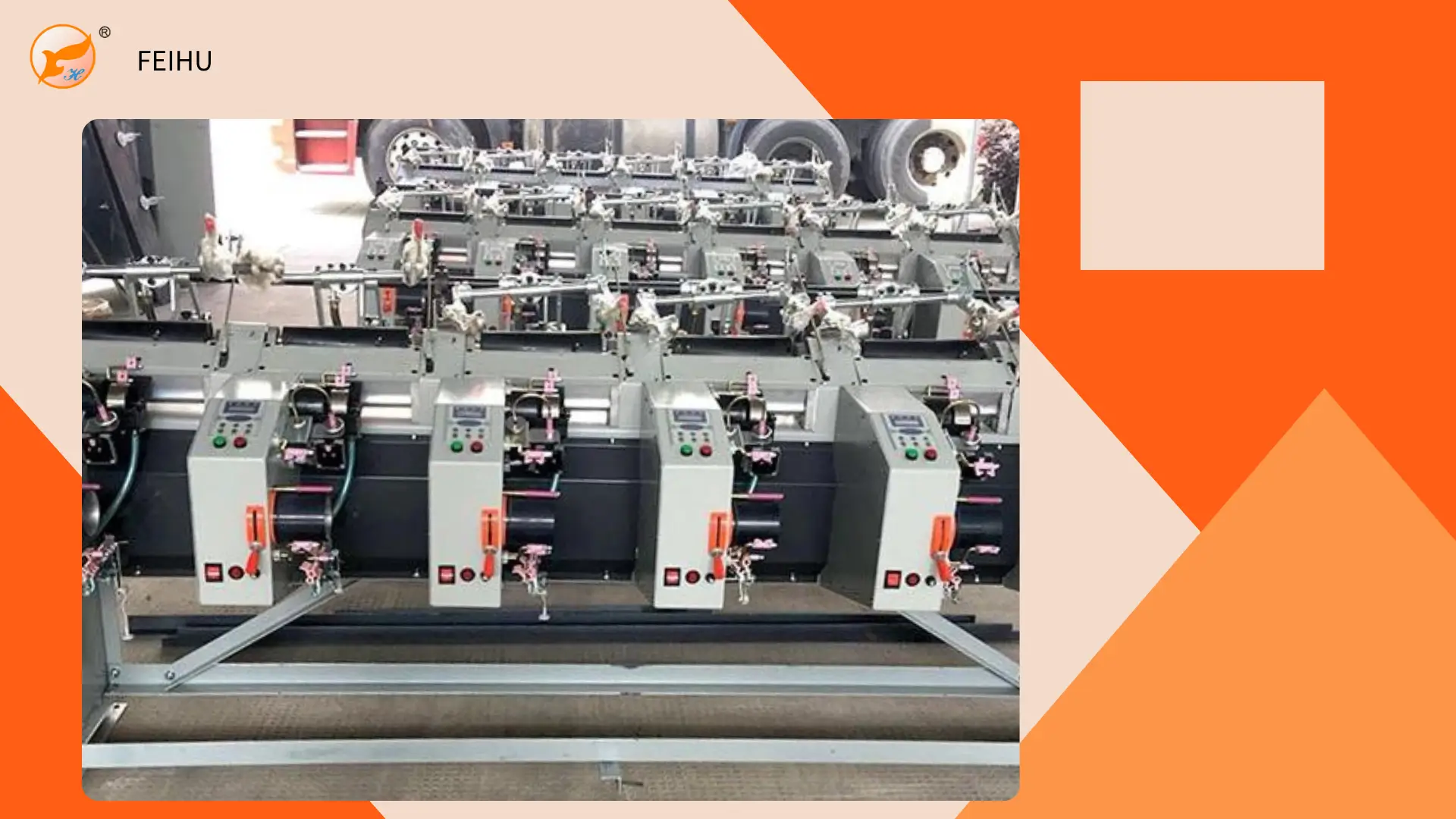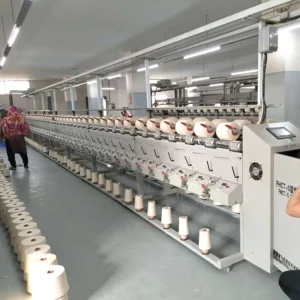Influential factors interact in a close manner for Single Spindle Winding Machines prices. Definitely, the identification and understanding of such influencing elements is a sure way to understand market trends for better decision-making by stakeholders.
Raw Material Costs
Major Raw Materials
Metals, plastics, and electronic components comprise the main raw materials involved in manufacturing Single Spindle Winding Machines. The nature and availability of these raw materials determine the production cost to a great level.
Factors of Fluctuation
These changes are because of changes within the marketplace’s demand for the raw materials or other geopolitical factors, which eventually alter the overall manufacturing costs and pricing strategy.
Supply Chain Considerations
A solid supply chain contributes to continued production levels. Any disruption along this chain often means higher production costs that are passed onto the consumer.
Production Processes
Manufacturing Methods
Production methods, whether automated or manned, impact efficiency and cost. Advanced methods of production lower labor costs but may involve high initial investments.
Energy Consumption
In the manufacturing process, energy costs feature among the main costs. The higher the consumption of energy, the higher operational costs, hence raising the final price of the product.
Technological Changes
Improvements in production technology lead to cost curbing and increased efficiency, thus having a positive impact on pricing strategies.
Market Demand
Industry Analysis
Textile industries and electronic industries exhibit demand for Single Spindle Winding Machines. Determining which industries generate the most demand may help explain recent price changes.
Consumer Demand Trends
Changes in consumer demand, such as demand for machinery with high speed, affect demand and consequently prices.
Seasonal Variations
Some industries experience seasonal demands, at which times their requirements may alter the prices depending on the time of year.
Read More:
Geopolitical Factors
Trade Policies
Changes in trade policies and tariffs can have massive impacts on the cost of imported raw materials and machinery, hence pricing.
Political Stability
Political stability in areas where production is concentrated is important. The opposite can lead to disorders in supply chains and increased costs due to risk premiums that emerge.
Global Disruptions
Events such as pandemics or natural disasters normally disrupt supply chains worldwide, hiking prices.
Competition and Market Structure
Key Market Players
The pricing policies are determined by the state of the market regarding major manufacturers. Price reductions come mostly as a result of competitive environments.
Effects of Competition
With strong competition, innovation and efficiency may be forced, therefore decreasing prices. Conversely, monopolistic traits raise the prices.
Market Consolidation
Consolidation trends influence the level of competition. A higher consolidation could mean fewer players dominating the market and higher prices.
Economic Conditions
Relationship of Economic Growth
Demand for manufacturing equipment, including Single Spindle Winding Machines, would increase in growing economies, which may push up prices in the process.
Inflation Impact
Higher inflation would imply higher manufacturing costs, which may be passed on to the consumers.
Currency Changes
A shift in currency value will affect the price of imported material and machinery, thereby setting overall prices.
Environmental Regulations
Laws or Regulations Overview
Tightening environmental regulations are an influential factor in the production process, with most requiring higher costs of compliance.
Compliance Cost
These regulatory standards can enhance the cost of production, consequently increasing the buyers’ prices.
Sustainable Practice
Moving towards sustainability can be cost-enhancing initially, but saves long-term and possibly gives a competitive edge.
Technological Innovations
R&D Role
Investments in R&D can lead to innovations that can reduce production costs. These, in turn, can lower prices.
Emerging Technologies
Efficiency gained from new technologies in machinery or methods of production also has a bearing on market prices.
Future Trends
The likely technological changes in the future could further alter the production scenario and affect pricing policies accordingly.
Conclusion
Single Spindle Winding Machine prices will be based on the mix of raw material costs, methods of production, market demand, geopolitical tensions, competition, economic conditions, environmental controls, and technological changes. These factors help stakeholders to effectively work out strategies that can help them stay competitive in the market and make an informed decision about future price behavior.








